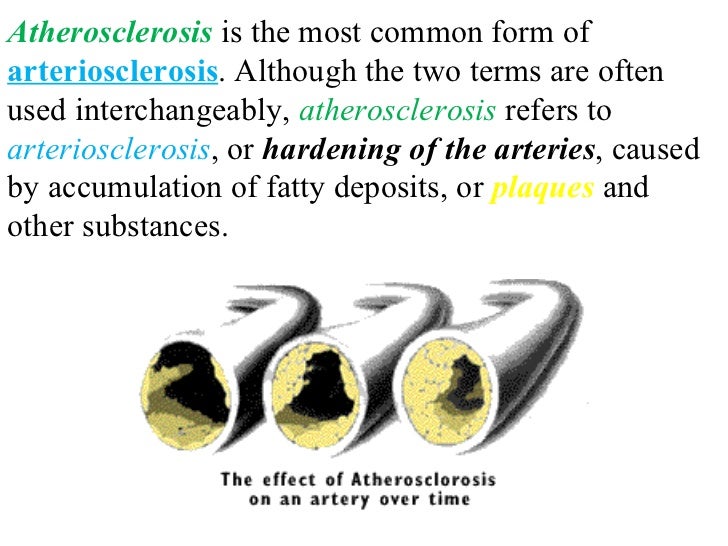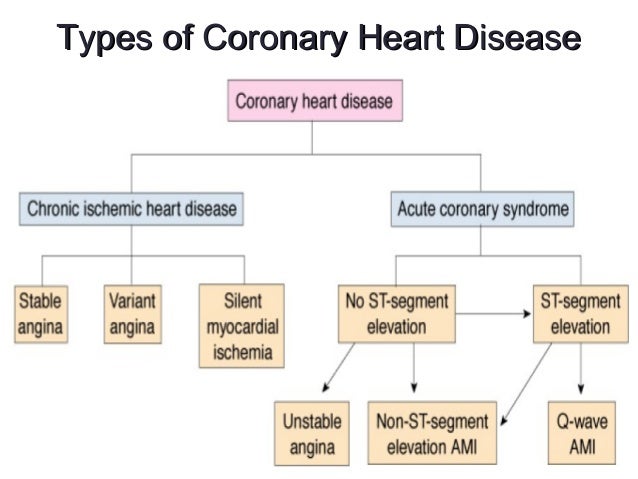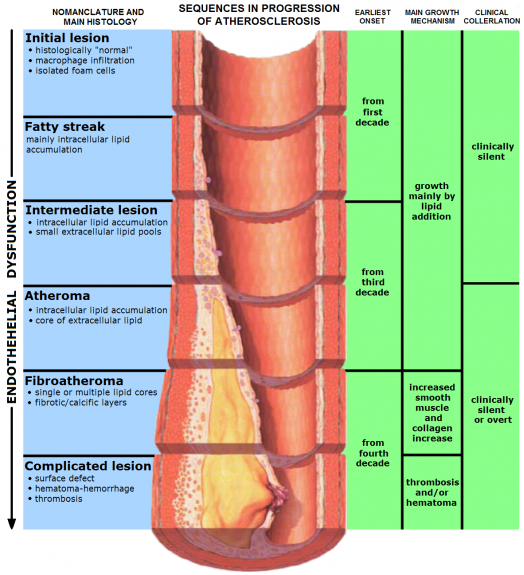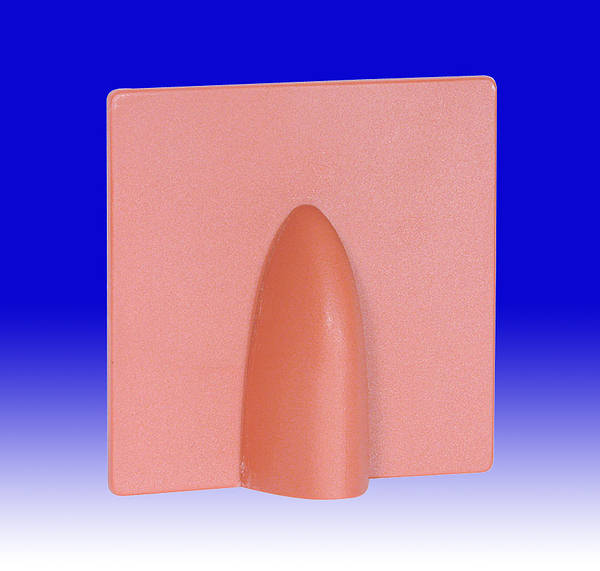This buildup is called plaque. These layer formed in the arteries, harden them. arteriosclerosis the hardening and obstruction of the exterior arterial wall.
Arteriosclerosis The Hardening And Obstruction Of The Exterior Arterial Wall, The term arteriosclerosis is more generic, meaning the stiffening and consequent loss of elasticity of the arterial wall, and encompasses the other terms. Arteries carry oxygenated blood full of nutrients from the heart to organs throughout the body. Atherosclerosis is known as hardening of the arteries.
 Heart Disease. Classifications of Heart Disease From encyclopedia.lubopitko-bg.com
Accident (cva) sudden damage to the brain resulting from. The plaque can cause your arteries to narrow, blocking blood. Arteriosclerosis is the stiffening or hardening of the artery walls.
The hardening of small size arteries is due to a process known as intimal hyperplasia that is caused by the following lesions:
Over time, the plaques harden, narrow the opening of the arteries and restrict the blood flow. A drug that destroys heart muscle tissue. Although the two terms are often used interchangeably, atherosclerosis refers to hardening of the arteries caused by accumulation of fatty deposits (plaques) and. Also, during this process a plaque forms. Typically arteriosclerosis is the product of old age, bad diet, smoking, and other poor health choices. It is an example of dystrophic calcification.
Another Article :

Build up of fats (plaques) on the endothelial lining which becomes damaged and may harden. The most common form of arteriosclerosis (hardening of the. The function of the heart which is a network of blood vessels and at the center of the circulatory system is actually to pump blood to all the organs of the body. Atheroma=thickening of tunica intima seen with arteriosclerosis. Arteriosclerosis is the thickening, hardening, and loss of elasticity of the walls of arteries. Heart attack plaque blood pressure.

Arteries carry oxygenated blood full of nutrients from the heart to organs throughout the body. Atherosclerosis is a condition where the arteries become narrowed and hardened due to a buildup of plaque around the artery wall. Atherosclerosis is known as hardening of the arteries. Arteriosclerosis is a common health condition in which your large blood vessels that carry blood from the heart to the body grow stiff, thick and inflexible. A drug that prevents or relives the symptoms of angina pectoris. Heart Disease. Classifications of Heart Disease.

Arteriosclerosis is the thickening, hardening, and loss of elasticity of the walls of arteries. When the fatty substances (cholesterol) or other substances get deposited on the walls of the arteries, it makes the flow of blood difficult. Ather /o means “porridge” or “gruel.” bradycardia. Arteriosclerosis affects is a disease or one might call it to be a condition that contributes to many diseases related to the heart. These layer formed in the arteries, harden them. cardiac disruptions alterations in oxygenation.

These deposits are called plaques. Arteriosclerosis is the stiffening or hardening of the artery walls. The function of the heart which is a network of blood vessels and at the center of the circulatory system is actually to pump blood to all the organs of the body. The hardening of small size arteries is due to a process known as intimal hyperplasia that is caused by the following lesions: When the fatty substances (cholesterol) or other substances get deposited on the walls of the arteries, it makes the flow of blood difficult. PPT Arteriosclerosis PowerPoint Presentation, free.

A slow heart rate of less than 60 beats per minute. Arteries, causing narrowing of the lumen and hardening of the vessel. Arteriosclerosis is the thickening, hardening, and loss of elasticity of the walls of arteries. It is also known as arteriosclerotic vascular disease. The arterial wall is made up of three distinct layers—an outer layer of tissue (adventitia), a muscular middle. Monckeberg�s arteriosclerosis.

Build up of fats (plaques) on the endothelial lining which becomes damaged and may harden. The mechanisms and enzymes involved in the biosynthesis of no and biol. It refers to lipids or fats, such as cholesterol, being deposited into the artery wall making it rigid. The pumped blood carries oxygen and many important nutrients that aid in the proper functioning. Secondly, what is the difference between atherosclerosis and arteriosclerosis? cardiac disruptions alterations in oxygenation.

Arteriosclerosis affects is a disease or one might call it to be a condition that contributes to many diseases related to the heart. The following are all ________ of atherosclerosis. The most common form of arteriosclerosis (hardening of the. The function of the heart which is a network of blood vessels and at the center of the circulatory system is actually to pump blood to all the organs of the body. Over time, these plaques can narrow or completely block the arteries and. PPT Disorders In Tissue Perfusion PowerPoint.

It refers to lipids or fats, such as cholesterol, being deposited into the artery wall making it rigid. Translate the medical term cardiotonic as literally as possible. Over time, these plaques can narrow or completely block the arteries and. The pumped blood carries oxygen and many important nutrients that aid in the proper functioning. External iliac artery endofibrosis vs typical arteriosclerosis. Pin on Women and Heart Disease.

External iliac artery endofibrosis vs typical arteriosclerosis. Ather /o means “porridge” or “gruel.” bradycardia. Build up of fats (plaques) on the endothelial lining which becomes damaged and may harden. Arteries, causing narrowing of the lumen and hardening of the vessel. Arteriosclerosis is the stiffening or hardening of the artery walls. Clogged.

Arteriosclerosis is the thickening of small size arteries caused by an injury of the artery wall, aging, hypertension, or diabetes [1]. Atherosclerosis is the buildup of fats, cholesterol and other substances in and on your artery walls. Nitric oxide (no), derived from the vascular endothelium or other cells of the cardiovascular system, has an important role in physiological regulation of blood flow and has pathophysiological functions in cardiovascular disease. The pumped blood carries oxygen and many important nutrients that aid in the proper functioning. It is also known as arteriosclerotic vascular disease. Pin on Women and Heart Disease.

Atherosclerosis is an inflammatory disease secondary to lesions in the intimal layer and whose main complication is acute and chronic obstruction of the arterial lumen. Atherosclerosis is an inflammatory disease secondary to lesions in the intimal layer and whose main complication is acute and chronic obstruction of the arterial lumen. Atherosclerosis is the buildup of fats, cholesterol and other substances in and on your artery walls. The presence of vascular smooth muscle cells between the endothelium (layer of. Translate the medical term cardiotonic as literally as possible. Arteriosclerosis Cardiovascular Medbullets Step 1.

Arteries carry oxygenated blood full of nutrients from the heart to organs throughout the body. This buildup is called plaque. Atheroma=thickening of tunica intima seen with arteriosclerosis. It is also known as arteriosclerotic vascular disease. The mechanisms and enzymes involved in the biosynthesis of no and biol. CALCIUM SCORE NOT ONLY SHOWS RISK OF CORONARY HEART.

A slow heart rate of less than 60 beats per minute. Arteriosclerosis arteriosclerosis is a word with greek origins that means hardening or stiffening of the artery wall.7 the term arteriosclerosis tends to be employed Atherosclerosis is known as hardening of the arteries. Ather /o means “porridge” or “gruel.” bradycardia. The term arteriosclerosis is more generic, meaning the stiffening and consequent loss of elasticity of the arterial wall, and encompasses the other terms. Muscle Exercise Muscle Hardening Exercises.

This process gradually restricts the blood flow to one�s organs and tissues and can lead to severe health risks brought on by atherosclerosis , which is a specific form of arteriosclerosis caused by the buildup of fatty plaques, cholesterol , and some other substances in and on the artery walls. Mönckeberg�s arteriosclerosis, or mönckeberg�s sclerosis, is a form of arteriosclerosis or vessel hardening, where calcium deposits are found in the muscular middle layer of the walls of arteries (the tunica media). Arteriosclerosis, also called hardening of the arteries, chronic disease characterized by abnormal thickening and hardening of the walls of arteries, with a resulting loss of elasticity. Secondly, what is the difference between atherosclerosis and arteriosclerosis? Translate the medical term cardiotonic as literally as possible. PPT Arteries PowerPoint Presentation ID3119671.

The term arteriosclerosis is more generic, meaning the stiffening and consequent loss of elasticity of the arterial wall, and encompasses the other terms. Arteriosclerosis arteriosclerosis is a word with greek origins that means hardening or stiffening of the artery wall.7 the term arteriosclerosis tends to be employed As plaque builds up along the artery walls, it restricts blood flow. Arteriosclerosis is a common health condition in which your large blood vessels that carry blood from the heart to the body grow stiff, thick and inflexible. It is a disease in which plaques that are made up of fat, cholesterol, calcium and other substances build up in the walls of arteries (the blood vessels that carry blood from the heart throughout the body). PPT Arteriosclerosis PowerPoint Presentation, free.









